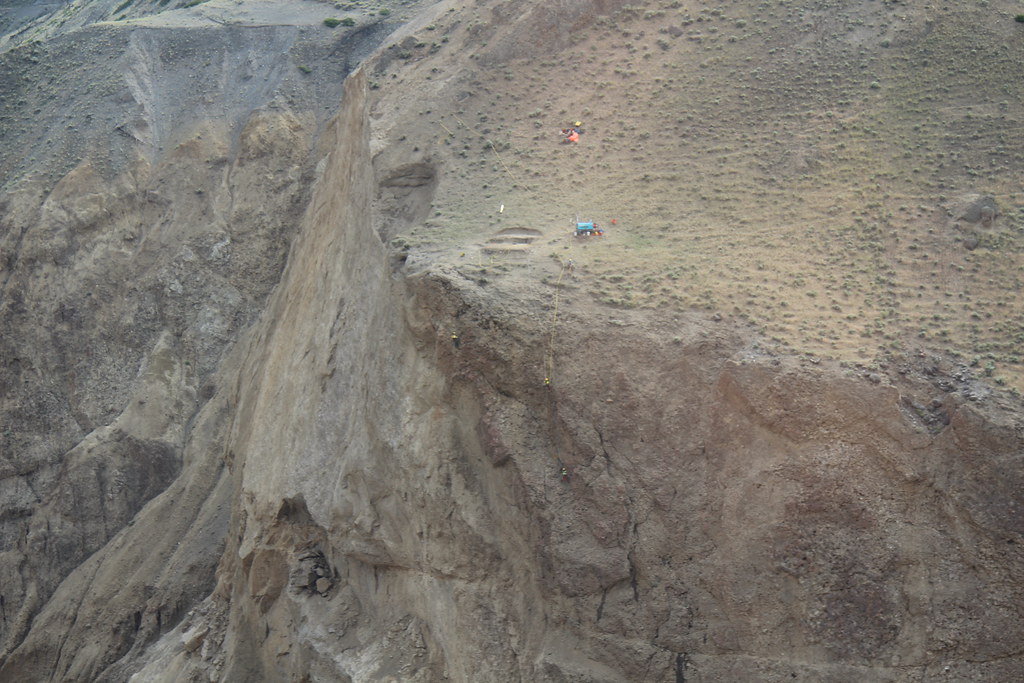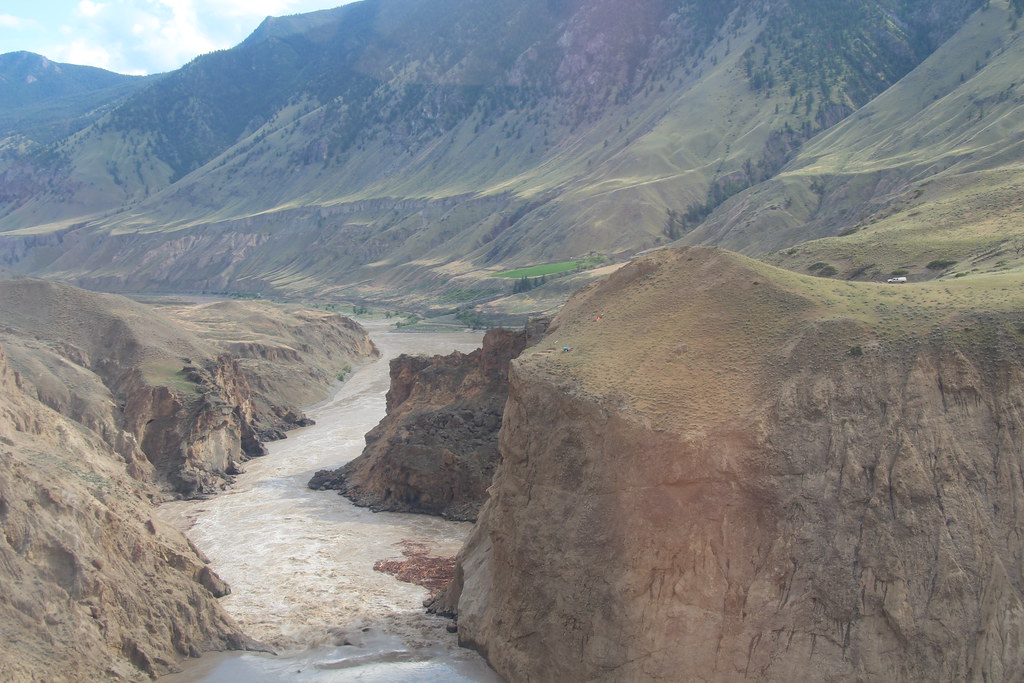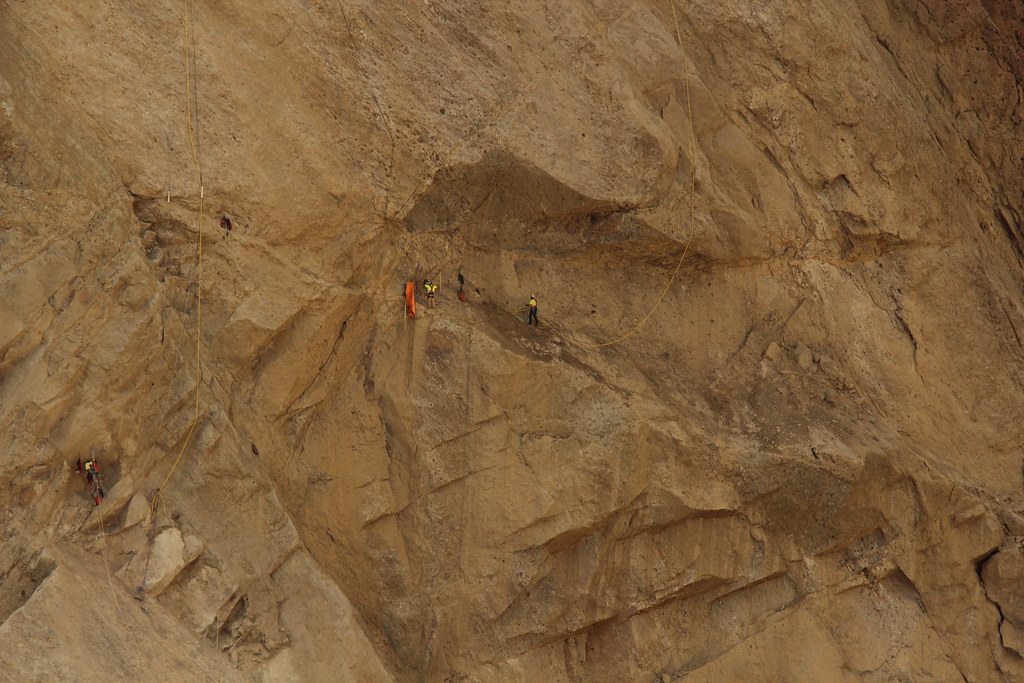https://www2.gov.bc.ca/assets/gov/p...-bar-landslide-2019/bigbar_unifiedcommand.pdf
Big Bar Landslide Unified Command Incident Management
In response to the complexity, location and multi-jurisdictional impact of the Big Bar Landslide, a unified command incident management team was established on June 30, in Lillooet, B.C. The Government of Canada and the BC Government are working under a unified command structure to allow for shared management of the incident. Unified command enables a collective approach that will ensure the objectives of both governments are considered. Consolidation of resources into one unified command structure has allowed for integration of terminology, objectives, control, coordination and planning. Respective constraints and concerns are being addressed as strategies and objectives are developed. The unified command incident management team is comprised of individuals from the BC Government’s Ministry of Forest, Lands, Natural Resource Operations and Rural Development (FLNRORD), including the BC Wildfire Service, and the Government of Canada’s Department of Fisheries and Oceans (DFO), including the Canadian Coast Guard.
A First Nations Leadership Panel, made up of representatives from DFO, FLNRORD and First Nations leaders from the Fraser River watershed and river approach area, has been formed to discuss and consider fish passage mitigation options. A Strategic Steering Committee, which includes senior leaders from both DFO and FLNRORD, is providing direction and oversight to the onsite team as well. The Canadian Coast Guard and the BC Wildfire Service regularly use the incident command system. Their expertise was sought to help coordinate an effective response and ensure responder safety, while supporting technical experts who are focused on determining how to improve fish passage in the slide area. Their collective knowledge of watercraft, water-based operations, aviation, safety, logistics and other aspects of response are beneficial to managing this incident. The team is currently based out of the Lillooet Fire Zone offices where an incident command post has been strategically placed for proximity to the incident. Currently, there are more than 55 personnel on site, including individuals contracted from various agencies.
Fish Passage Plan for Big Bar Landslide
Executive Summary
• This document outlines the proposed options to improve fish passage past the obstruction caused by the Big Bar Landslide. It also included how we will assess the effectiveness of actions taken to improve passage.
• This paper identifies the options deemed by experienced experts as having the greatest likelihood of success. These options are still being evaluated and the sequencing has not been determined.
• Expert advisors included geotechnical engineers, geomorphologists, civil engineers, rock scaling experts, First Nations on the technical committees and numerous fish experts. Many of the experts have worked on other significant slides impacting fish passage.
• Technical expertise included subject matter expert team from Fisheries and Oceans Canada, BC Ministry of Environment and Climate Change Adaptation, BC Ministry of Forests, Lands, Natural Resources and Rural Development, the Pacific Salmon Foundation, the Upper Fraser Fisheries Conservation Alliance, Northwest Hydraulic Consultants, GMS, and the Tsihlqotin First Nation
http://frafs.ca/sites/default/files2/2019_07_08_1457_Fish_Passage_Plan.pdf
And if you are curious about all this the website with most of this information is here. You just need to explore the links that are made available to us.
https://www2.gov.bc.ca/gov/content/...incident-summaries/big-bar-landslide-incident
For a sense of scale look for the 3 rock scalers that are working on making the site safe.



